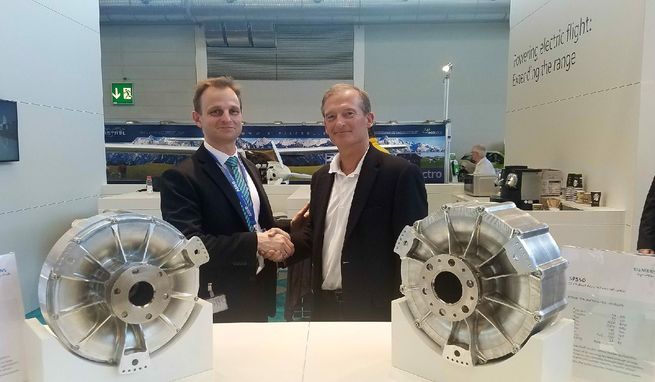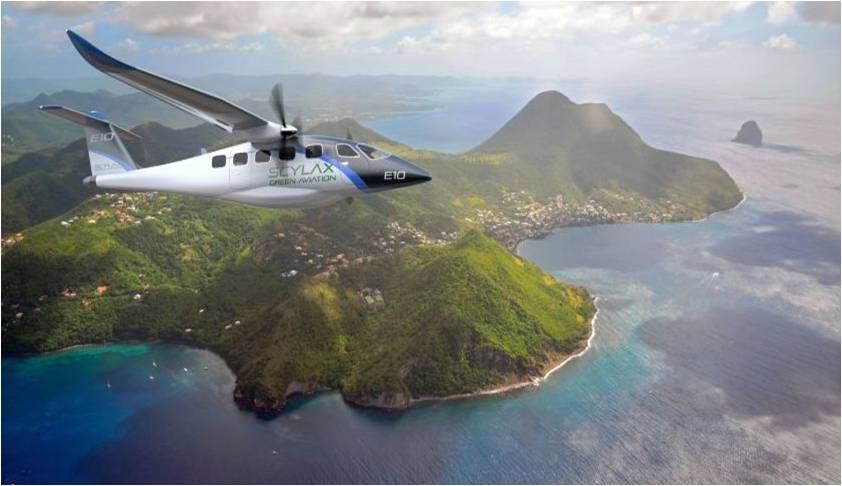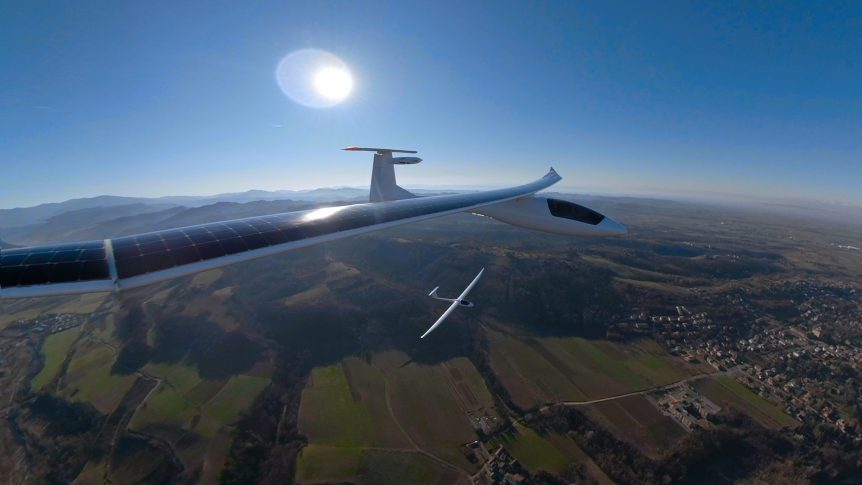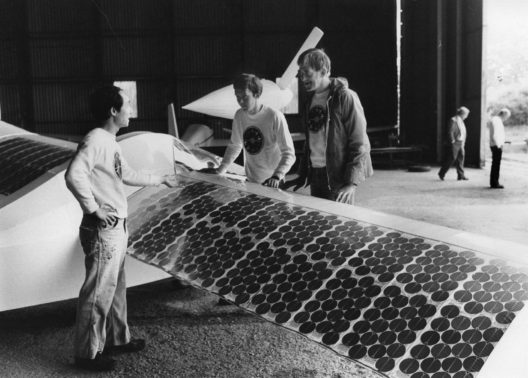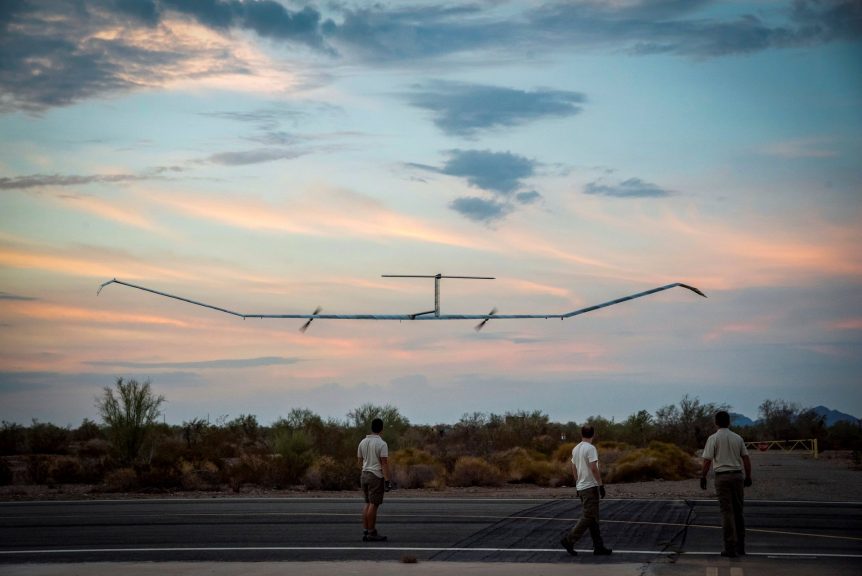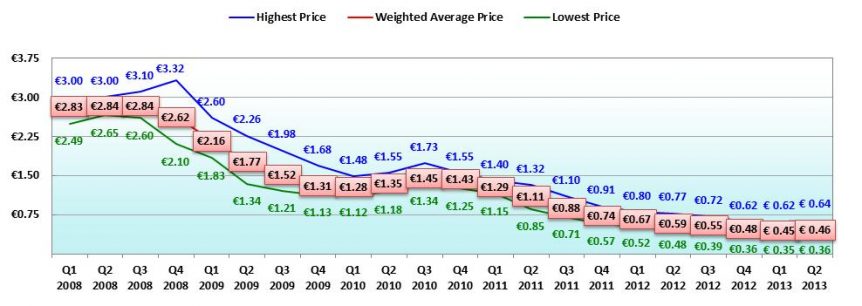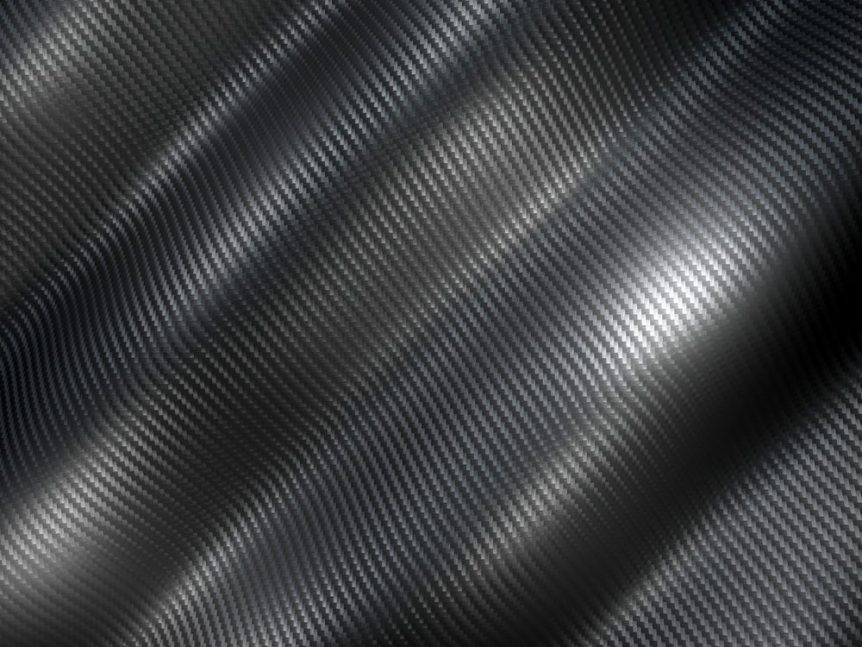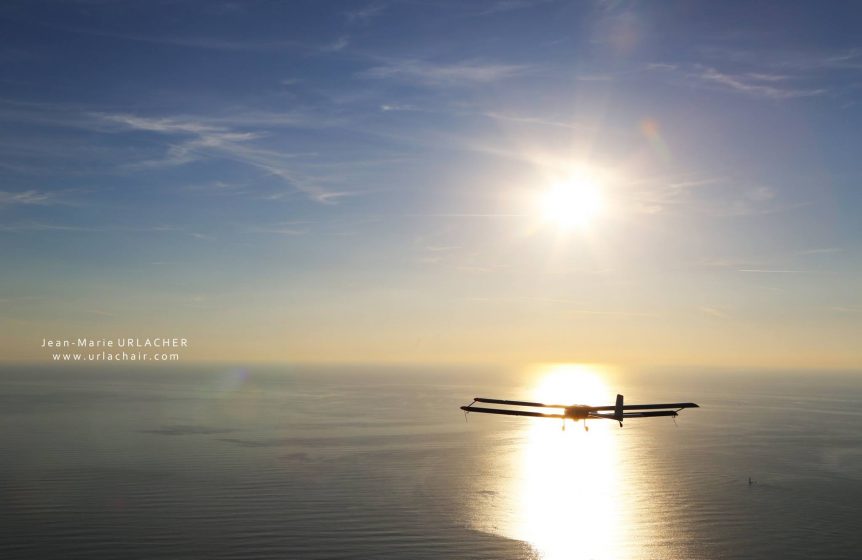Bye Aerospace has four big current projects, with the Sunflyer 2 at the top of the development and sales curve. Teaming with Siemens, Bye Aerospace is now flying Sunflyer 2 with one of their 57 pound SP70D motors producing a 90 kilowatt peak rating (120 HP), and continuous power up to 70kW (94 HP). Bye anticipates that Sunflyer 2 will be, “the first FAA-certified, practical, all-electric airplane to serve the flight training and general aviation markets.” George Bye, the company’s founder and CEO has been working with Agency for several years on devising rules for electric aircraft certification. The need for 790,000 new pilots in the next few decades will drive the need for training aircraft. An aging fleet with an average age of 48 years for the Pipers and Cessnas on flight school tarmacs requires a newer, more modern series of training planes to replace them. Sunflyer’s impressive sales numbers (a recent order from the Aspen Flying Club for …
Calin Gologan, Scylax and China
Everything in the world seems to require massive or distributed investment even for simple projects. Low-budget movies have multiple production companies and different car companies share the same engine or drive train. Calin Gologan and PC Aero have expanded their offerings over the last decade, and have also expanded their partnerships. Now, to make his twin-motored commuter liner a reality, he has partnered with a Chinese investor to produce the Scylax E6 and E10 aircraft. Although the E6 was, “Announced at Friedrichshafen’s Aero Expo and displayed (at least in model form) at the 2013 Paris Air Show, the Elektro E6 is the technology platform for a future, all electric transport aircraft.” Today’s SCYLAX E6 remains visibly the same as the 2013 version, a full carbon-composite structure with solar cells on the wing and able to carry a payload of 480 kilograms (1,065 pounds). Funded by EADCO GmbH in cooperation with PC-Aero GmbH, Elecktrosky GmbH promoted the E6 as, “The technology …
Sunseeker Duo – The Uniquely Big Picture
Unique People Eric Raymond was the first person to fly across the United States on solar power in 1990 in Sunseeker 1. He was the first to fly on the sun’s rays over the Matterhorn in 2009 in Sunseeker 2. He and his wife Irena built the Sunseeker Duo and routinely fly it around northern Italy and over the Alps into Switzerland. Eric has more hours piloting a solar-powered airplane than anyone, and Irena is probably the most experienced female solar pilot. Only Bertrand Piccard and Andre’ Borschberg in the Solar Impulse would have anywhere need as much time at the controls. Janice Brown, “a…former elementary school teacher” flew Paul MacCready’s Gossamer Penguin and Solar Challenger, even achieving a record altitude of 15,300 feet in 1981. But Irena has by now easily exceeded Ms. Brown’s total solar flight time. Eric and Irena are professional photographers, and all of Eric’s designs have sliding canopies or large openings to allow use …
Look What Fred To Started!
forty years ago today, Fred To’s Solar One flew the length of the runway at Lasham Airfield in Hampshire, England, solely on the energy derived from the weak winter illumination and stored in a small set of ni-cad batteries.. With his partner David Williams, he had built the wooden, model-aircraft-like structure in a farm building, visited by the farm’s horses and pigs. The airplane went on to be displayed at various airshows, and Fred went on to build an inflatable 100-foot-span flying wing that was the first to use “fly-by-wire” technology. His inventiveness and design skills have informed many projects, as we reported in our November 2018 report on the award ceremony Fred recently attended. In short form, much has happened since then. Larry Mauro flew his Solar Riser ultralight at Flabob Airport, California on April 29, 1979. Much like Fred, who had limited funds, Larry could could install only 350 Watts of solar panels on his wing, a limitation …
Amprius’ Silicon Nanowire Batteries Fly – For 25 Days
Sunnyvale, California-based Amprius kept a low profile for several years, despite its founder, Yi Cui, being a leading light in battery development. Their December 4th press release, though, finds the company to be in a more open mood, their advanced lithium-ion cells with 100-percent silicon anodes having flown Airbus’ Zephyr High Altitude Pseudo Satellite (HAPS) for over 25 days, “setting a new endurance and altitude record for stratospheric flight.” This milestone represents a great leap forward since Alan Cocconi flew his So Long solar-powered model for 48 hours, the first of many projects of which he would be an integral part, and the first solar airplane to fly overnight. He worked on the General Motors EV1 and Eric Raymond’s Sunseeker 1 – just a small part of the automobiles and aircraft which he would help create or refine. Your editor first saw Cui at an early electric aircraft symposium nine years ago. Cui discussed the benefits of developing silicon anodes …
Ironing Out Cheap Molecules for Solar Panels
Making a Designer Iron Molecule To make more affordable solar cells, researchers at Sweden’s Lund University are not just trying to be cheap, they are avoiding tightening markets in expensive noble metals like ruthenium, osmium and iridium. A more common metal such as iron, constituting six percent of the earth’s crust, might just be the answer to several issues. One problem keeps it from being a great solar cell component. Iron just doesn’t take a shine to solar radiation. In the careful words of the abstract for the research team’s paper, iron’s shortcoming is exposed. “However, the photoexcitable charge-transfer (CT) states of most Fe complexes are limited by picosecond or sub-picosecond deactivation through low-lying metal centered (MC) states, resulting in inefficient electron transfer reactivity and complete lack of photoluminescence.” In other words, ordinary iron is just a flash in the pan when light strikes it and doesn’t kick any electrons around – not great behavior for solar cells. Chemistry Professor …
Aurora’s Odysseus – Large Enough for Its Mythic Name
Named for a mythical hero like its evolutionary predecessors, Aurora Flight Science’s Odysseus is a huge, but ephemeral thing. A wingspan larger than the largest 747’s and a weight no greater than a Smart Car’s (around 1,500 pounds) means this airplane will be slow and frail. A carbon fiber tube structure covered by lightweight Tedlar™ resembles the construction of Solar Impulse, but without the bulk of carrying a pilot. Since its antecedent was the world record holding distance champion in human-powered aircraft, the manner of flight is no surprise. Its intended altitude is. Odysseus takes it to the stratosphere. It’s the latest revelation in a thirty-year exploration of low-powered, extreme-endurance aircraft. Before he founded Aurora, John Langford led a group of Massachusetts Institute of Technology (MIT) students in a four-year program that developed three human-powered craft – the Daedalus series. In its final iteration, Daedalus set the still-extant world record for human-powered flight distance, 72 miles emulating the flight of its …
Fred To Receives a Well-Deserved Award
Fred To (pronounced Toe) lives in England and was one of a small group who built and flew the world’s first solar-powered airplane in December 1978. They flew just a few months before Larry Mauro lofted his solar-riser in April 1979. Both airplanes were limited by the technology of the day, lithium-ion batteries still over a decade away, and the best solar cells achieving less than five-percent efficiency. Fred wrote to tell your editor of the award. “I was in Montreux Switzerland a few weeks ago, and on the 22nd of October I received an award from prince Albert II of Monaco for Solar One, which is now formally accepted as the first solar powered aircraft to fly. It was a great occasion and my family are so proud. All the great past pioneers were there and it was an honor to meet them; now I have new friends from all over the world. ” The occasion, described on Raphael …
Carbon Fiber and the Grand Unified Airplane
Your editor has long held the belief that we are on the threshold of creating a Grand Unified Airplane, a craft that would draw all its energy from solar cells, the flexing of its wings, the air passing over its form, and the very act of flight itself. It seems to become less of a science fiction ideal and more of real-world possibility every day. Carbon fiber could be part of that possibility. What if your airplane were its own battery? Think of the weight savings and potential endurance and range. Your editor became fascinated with 2010 research done by Dr. Emile Greenhalgh of Imperial University in London, who developed a structural sandwich with carbon fiber outer layers and a fiberglass core. It could be used for body panels on a car, inspiring Volvo to become involved and proceed with initial tests. Since those early tests, other researchers have duplicated and expanded the research, with Dr. Leif Asp of Chalmers …
Eraole in Flight – Further and Higher
Eraole is a unique machine in a sea of unique craft. Powered by a combination of sunlight, Total biofuel, and hydrogen, Raphael Dinelli’s tandem-winged biplane has been under development for many years. With it, Raphael hopes to cross the Atlantic in 2019, Duplicating Charles Lindbergh’s 1927 flight at about half the Spirit of the Spirit of St. Louis’s speed. Eraole’s first flight took place in 2016. The video will allow you to compare its look then with its changed appearance today. Changes of Plane, Changes of Plans Dinelli’s original plan for the flight included the use of an algae-derived fuel to run Eraole’s engine/generator. As reported by La Tribune, though, “For four years, the Ocean Vital Foundation conducted research with the Fermentalg research laboratory in Libourne to produce a fuel based on micro-algae. “’Despite the additives that could be added, the oil froze at altitude and became impossible to use,’ says Raphael Dinelli, who had to bring himself to fill …

